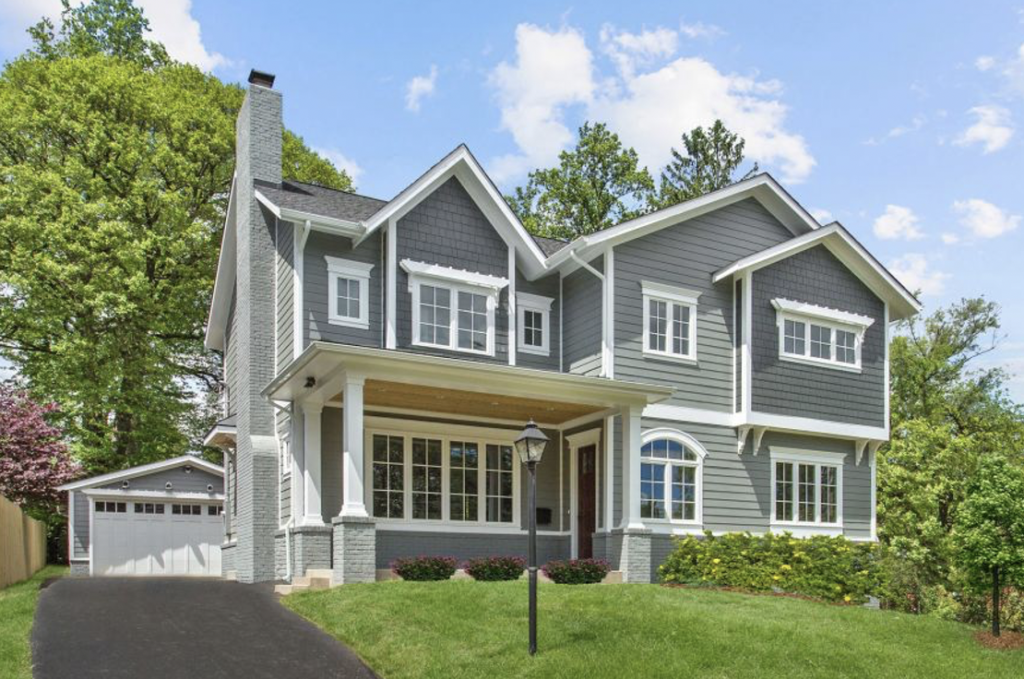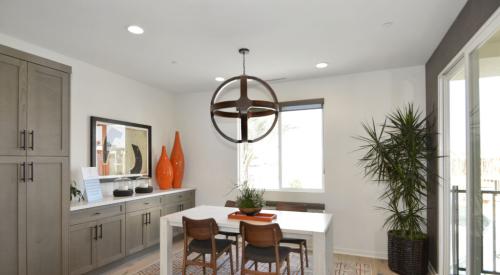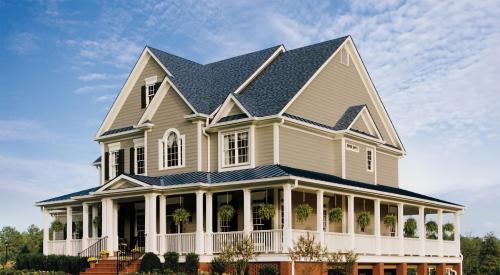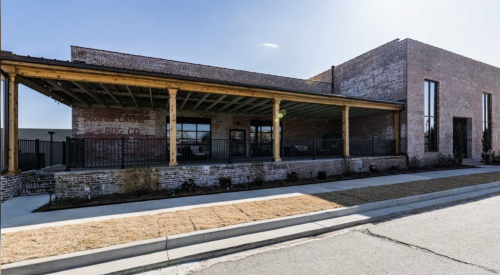The U.S. Census Bureau is projecting that the population of individuals that are 65-years and older will grow from 47 million in 2015 to 71 million by 2020. Additionally, most older people that answered a 2016 Home Advisor survey said they wanted to stay at home for as long as possible.
These projections and the older populations’ desire to stay at home—which often means living with adult children—is changing how production builders are redesigning popular floor plans. The question becomes, how do you ensure your products serve older people yet appeal to young buyers? We found interesting perspectives from an active adult developer and a custom builder specializing in multigenerational homes.
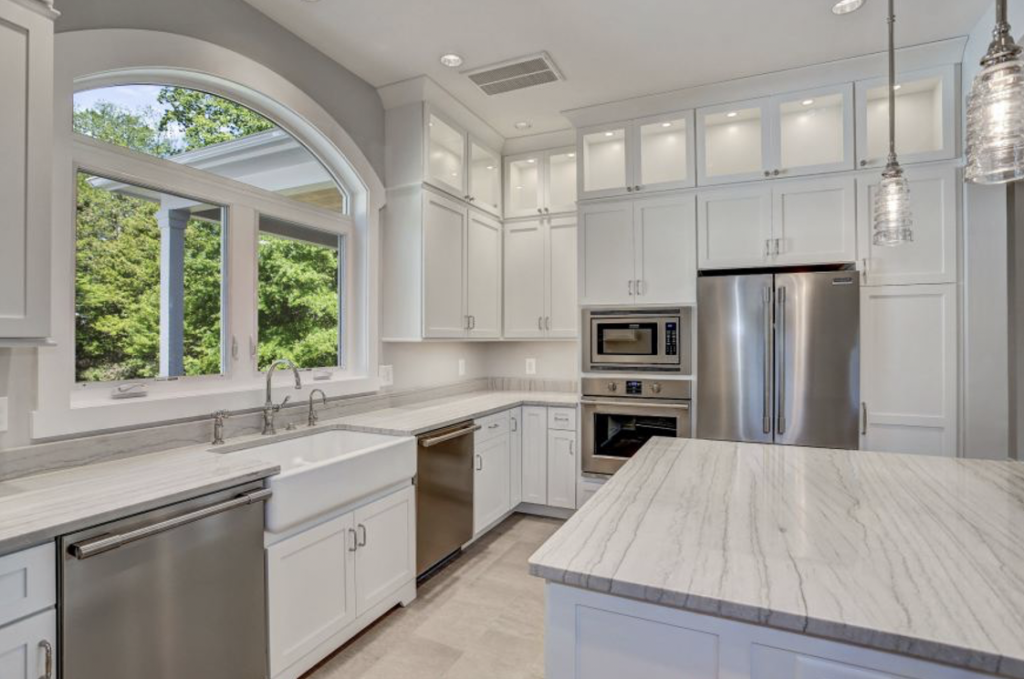
Last year, Diane and Adrian Jacob, new developers with backgrounds in real estate and commercial startups, broke ground on a Conroe, Tex. active adult community. They expect up to 100 sales in 2019 and attribute that growth in part to thoughtful design. They're using floor plans drawn by Epcon Communities, a Dublin Ohio company specializing in senior housing.
Epcon's plans are aimed at over-55's—the company interviewed more than 6,000 seniors before designing them—but they understand that younger families will move in when demographics shift. In fact, the Jacobs' are using similar plans in non-age restricted communities; an accessible home with good layout and quality products is something buyers of all ages will love.
For instance, downsizing seniors require the builder optimize interior space, but that's really just good design. "We get wows on our use of square footage," says Diane Jacob. Older buyers who have lived less well-designed homes appreciate this, but so do younger people.
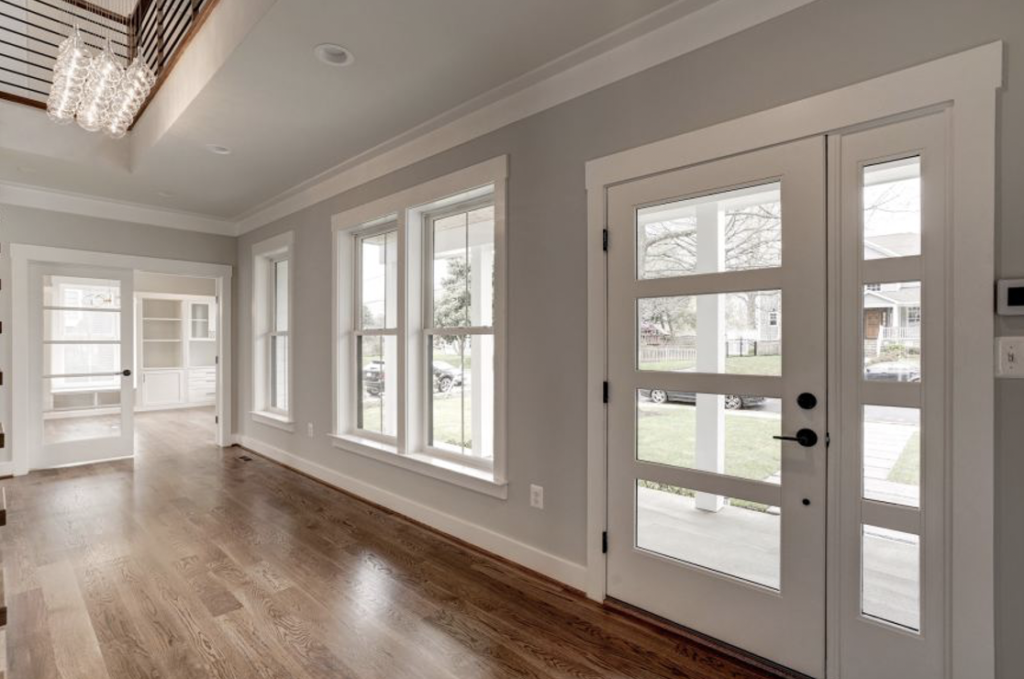
Like many of today's homes, the Jacobs' have open floor plans that are easy for seniors to navigate and also great for extended family gatherings. They include large glass doors that open to outdoor patios.
Their buyers don't want homes that look like they're intended for older people, so they offer universal design that's also perfect for multigenerational households. Features include:
- Zero step walkways that flow naturally from the driveway to the front door
- Large windows for ample light
- Light-colored interiors that ease life for those with deteriorating vision but also make the space more cheerful overall
- Luxury vinyl flooring that looks like hardwood but is less slick.
Other builders in this niche also prioritize good layout and aesthetics. "These homes absolutely must be well designed," says Tim Winter of Paradigm Building Group in Fairfax, Va. "And when the homeowners want to re-sell, we don't want the home to feel sterile." Winter ensures this by partnering with an architect specializing in multigenerational design.
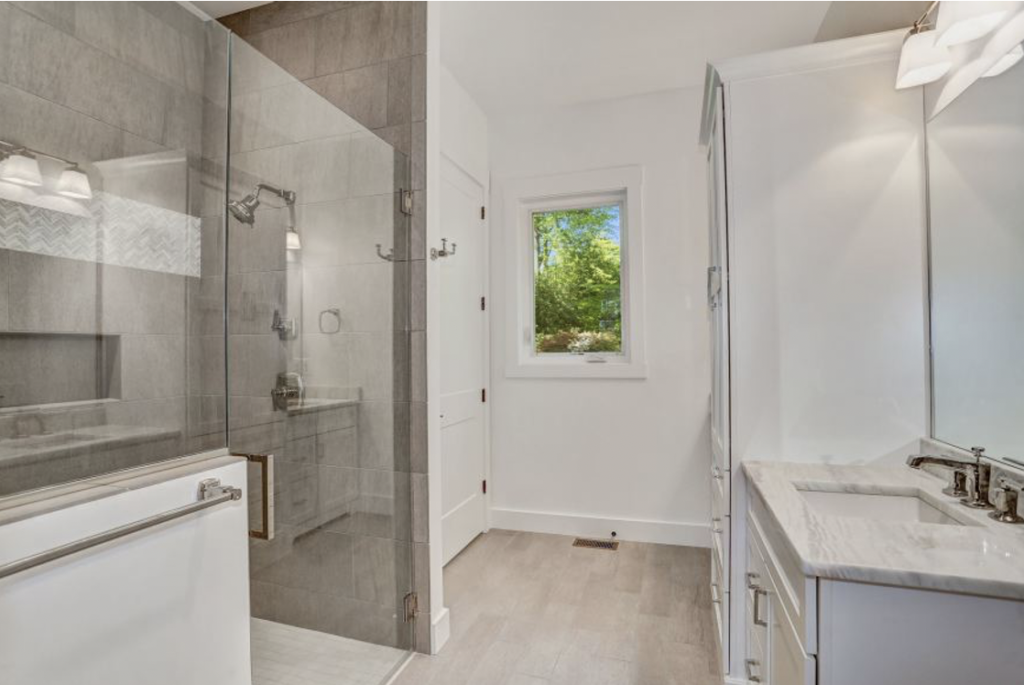
Like the Jacob's, Winter opts for subtle universal design features. For example, he installs easy-to-operate casement windows in large openings, rather than double-hungs. He says the best casements have grilles that mimic double-hungs.
For design inspiration and window and door products that help builders create multigenerational homes, visit www.jeldwen.com.


